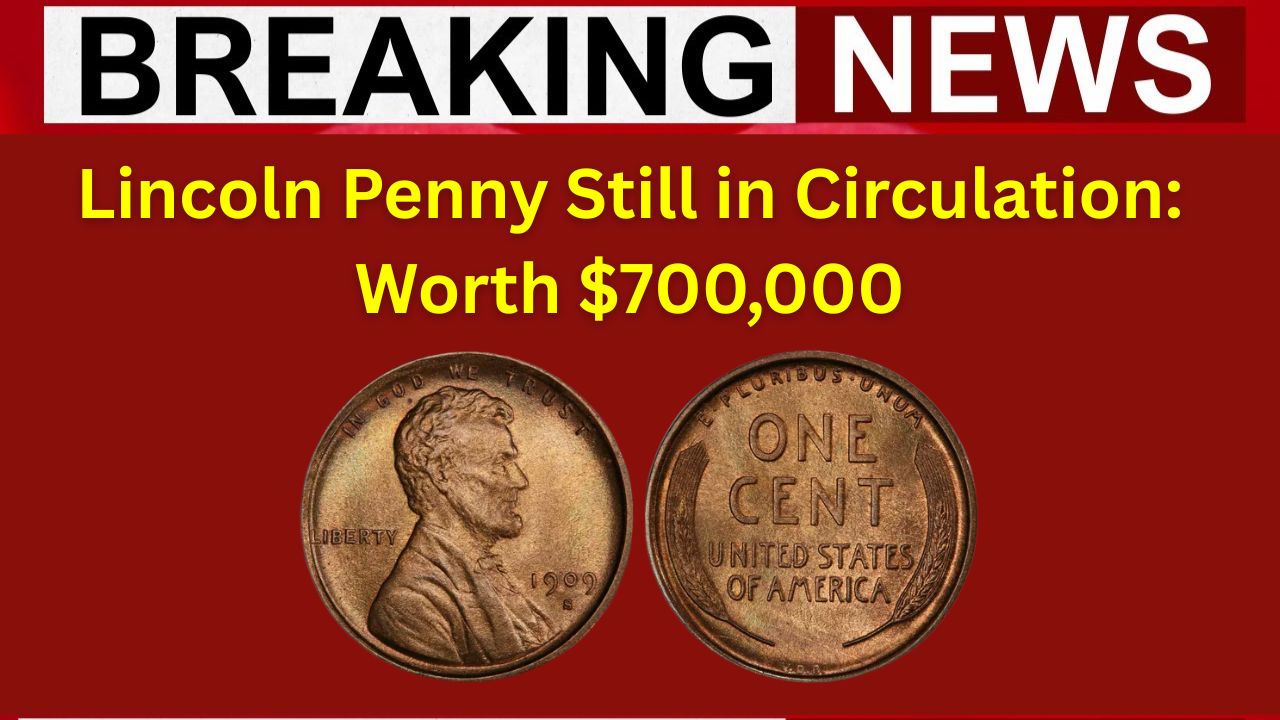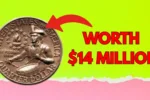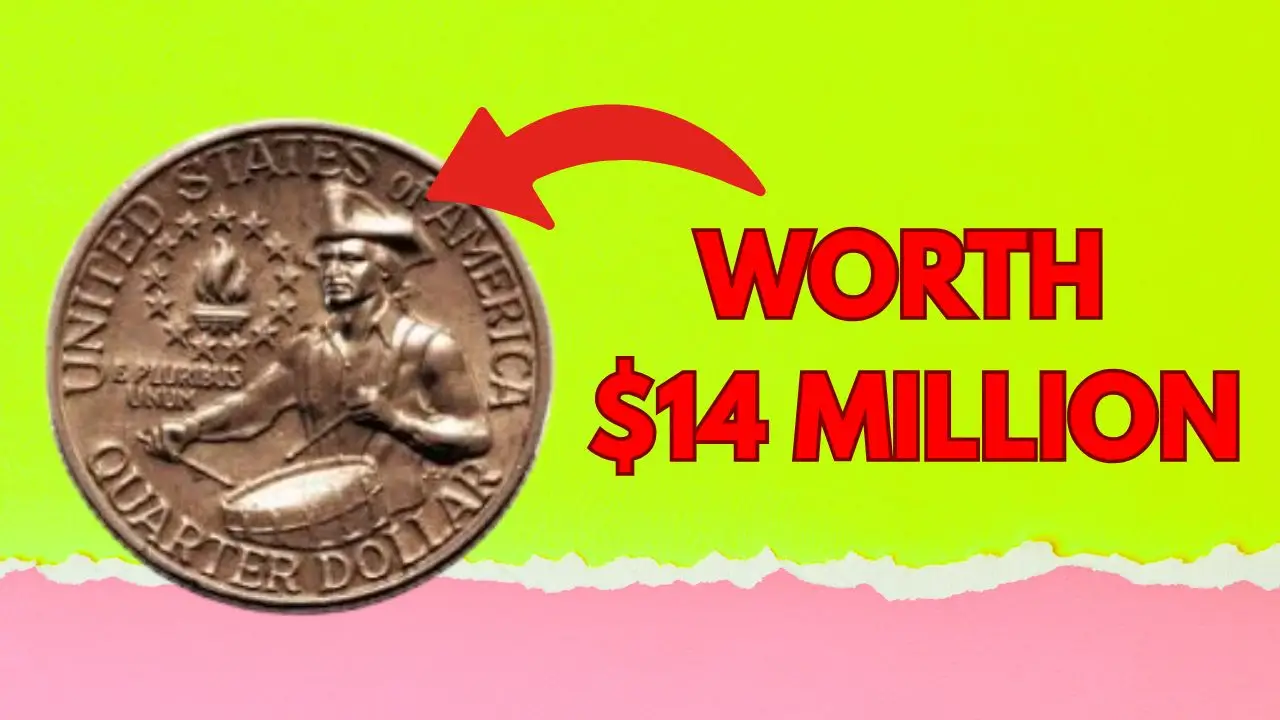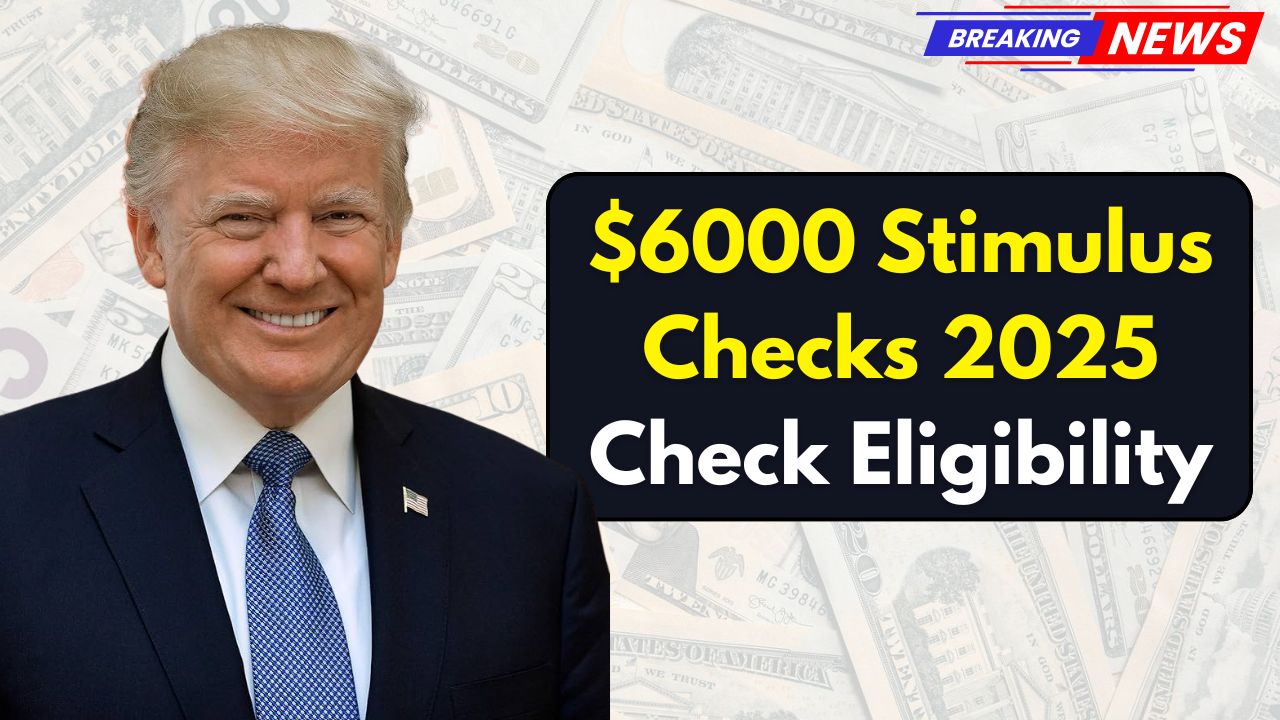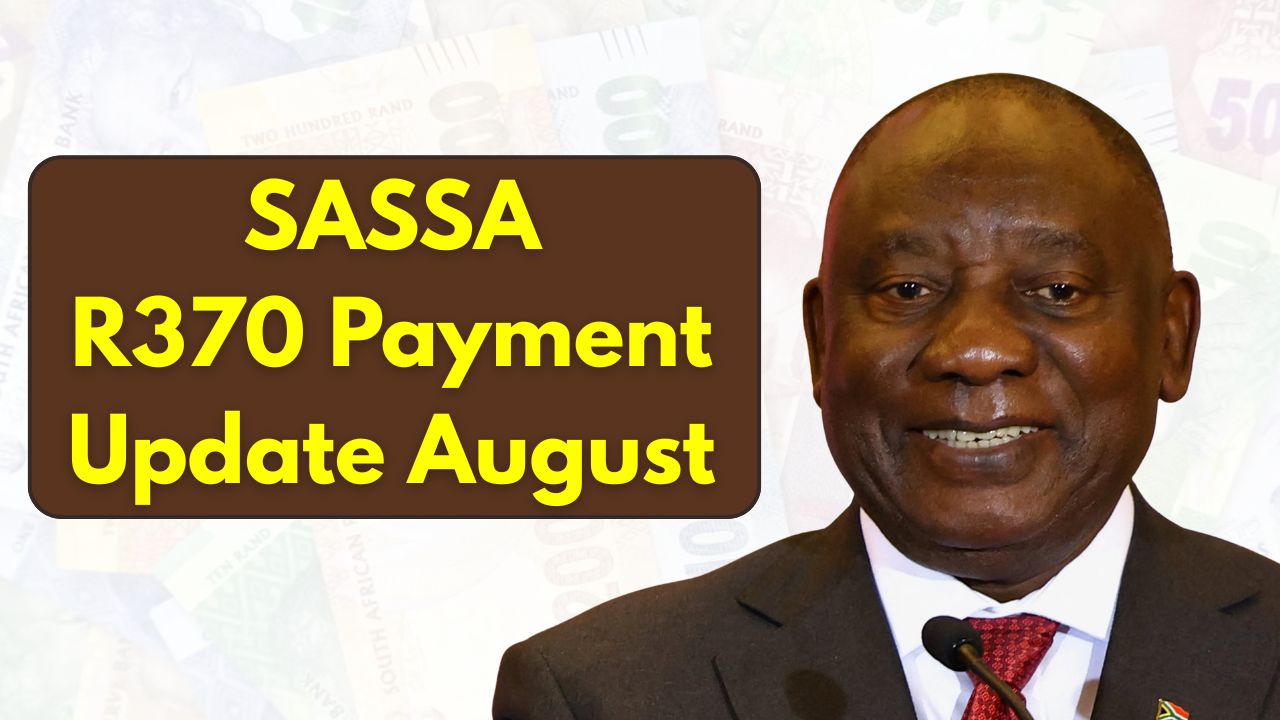Lincoln Penny Still in Circulation Worth $700,000: The humble Lincoln penny—often overlooked and tossed into jars or change trays—has made headlines once again. Unbeknownst to many Americans, a seemingly ordinary 2024 Lincoln penny with a microscopic minting mistake may be worth an astonishing $700,000.
Let’s dive into the history of the Lincoln penny, the details of this rare error coin, and what collectors and everyday treasure hunters need to know.
The History of the Lincoln Penny
Introduced in 1909, the Lincoln cent was the first U.S. coin to feature a real person, honoring President Abraham Lincoln on his 100th birthday. From 1909–1958, it bore two wheat stalks on the reverse (the “Wheat Cent”), later replaced by the Lincoln Memorial, then the Union Shield in 2010.
Despite changes in design and composition over the decades, the Lincoln penny remains the longest-running U.S. coin series still in production.
The $700,000 Penny: How an Error Turned Spare Change Into a Fortune
The 2024 Die Rotation Error
In 2024, numismatic circles were abuzz after the discovery of a Lincoln penny with a die rotation error. In this rare mistake, the metal dies that stamp the coin’s design onto each side became misaligned during minting. When flipped, the sides of the coin do not match up—a tiny anomaly with huge consequences for value.
- Why so valuable?
- Modern coins are manufactured with incredible precision, so major errors are exceptionally rare.
- Only a handful of 2024 die rotation Lincoln pennies are confirmed to exist, escalating their collectible value.
- Coin collectors crave unique error coins, and auctions have already touted offers approaching $700,000 for pristine specimens of this penny.
Case Study Table: 2024 Lincoln Penny Die Rotation Error
| Feature | Detail |
| Year | 2024 |
| Error Type | Die Rotation |
| Estimated Value | $700,000 |
| Found in Circulation? | Yes |
| Known to Exist | Only a few |
Other Valuable Lincoln Penny Mistakes
While the 2024 error commands headlines, other extraordinary pennies still circulate:
- 1943 Copper Lincoln Cent: Accidentally struck in copper instead of steel – only a few exist and one sold for over $1 million.
- 2001-D Lincoln Cent Mule: Features a Roosevelt dime reverse—a hybrid mistake fetching over $100,000 at auction.
- Double Die and Off-Center Errors: Examples such as the 1995 Doubled Die or off-center strikes can be worth thousands, depending on condition and rarity.
How to Recognize Valuable Mistake Pennies
Spotting these ultra-rare coins takes keen observation and sometimes, luck. Here’s what to look for:
- Check for rotation: Flip the penny; Lincoln’s head and the reverse should be aligned upright. If not, it could be a rotated die error.
- Examine the date and design: Coins like the 1943 copper cent have unique coloration (shouldn’t be silver).
- Mistakes and anomalies: Doubling of letters or numbers, off-center designs, mismatched coin sides, and re-punched mint marks are red flags.
- Condition matters: Well-preserved coins with sharp detail fetch far higher prices.
Quick Reference Table: Noteworthy Lincoln Penny Errors
| Error Type | Example Year(s) | Value Range | Notable Fact |
| Die Rotation Error | 2024 | Up to $700,000 | Modern rarity, only a few known in circulation |
| Copper Planchet | 1943 | Over $1 million | Only a handful exist—meant to be steel |
| Double Die Obverse | 1955, 1995, others | $50–$50,000 | Design is doubled, especially on letters/numbers |
| Mule Error (Dime Reverse) | 2001-D | Over $100,000 | Lincoln obverse, Roosevelt dime reverse |
| Off-Center Strike | Various | $20–$10,000 | Strike does not hit the center |
Why Are These Errors So Valuable?
- Scarcity: Fewer coins mean higher demand.
- Collector Appeal: Unique stories behind each error attract passionate buyers.
- Historical Context: Some errors resulted from wartime shortages or rare minting changes.
- Potential Still in Circulation: Many error coins went undetected and may still show up in pocket change.
Frequently Asked Questions (FAQs)
Q1: How do I check if my Lincoln penny is valuable?
Carefully examine the coin for alignment, double images, strange coloring, or mismatched sides. Rare errors often appear subtle; a jeweler’s loupe and research can help.
Q2: Can these rare pennies really be found in circulation today?
Yes! While rare, error pennies—including modern ones like the 2024 die rotation cent—have been found by regular people in circulation or coin rolls.
Q3: What should I do if I find a coin with an error?
Do not clean it. Instead, take it to a reputable coin dealer or submit it to a coin grading service for authentication and possible grading.
Q4: Are older Lincoln pennies automatically valuable?
Not always, but low-mintage years or coins in exceptional condition nearly always have collector value. Errors and rare variants are the top earners.
Q5: Why does a tiny mistake increase a penny’s value so much?
Scarcity. The fewer examples that exist, the more collectors are willing to pay—especially for errors in modern, high-precision minting eras.
Conclusion
The Lincoln penny remains an unsung hero of American coinage, and its legacy only grows with stories like the $700,000 die rotation error of 2024. As technology advances and old coins fade, these rare mistakes become ever more precious.
So whether you’re a seasoned collector or just emptying your pockets at the end of the day, take a moment to look closely—there could be a small fortune hiding in your spare change.
